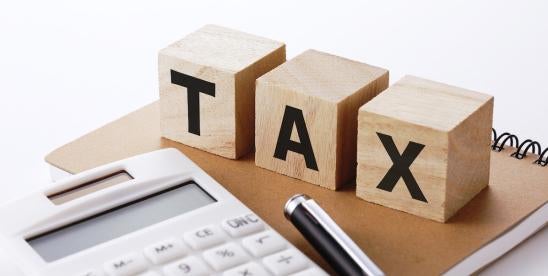Proposed Guidance for Clean Electricity Tax Credits: Driving Green Energy Investment
Key Ideas
- IRS and Treasury propose new guidance for clean electricity tax credits to drive greenhouse gas emission cuts and provide certainty for investors in clean energy projects.
- Proposed credits incentivize development of zero or negative GHG emission facilities while offering bonus amounts for projects in specific communities and meeting certain requirements.
- Technologies like wind, solar, and hydrogen storage are recognized as zero-emitting, with a focus on determining the qualification of combustion and gasification technologies through lifecycle emissions analysis.
The IRS and the Treasury Department have unveiled proposed guidance for implementing technology-neutral clean electricity tax credits as part of the Inflation Reduction Act of 2022. These new tax credits, 45Y and 48E, aim to drive significant reductions in greenhouse gas emissions in the power sector by up to 73 percent by 2035, according to a study. The proposed guidance outlines how facilities with zero or negative GHG emissions can qualify for tax credits, with bonus amounts available for projects in specific communities and meeting particular criteria. Technologies such as wind, solar, and hydrogen storage are categorized as zero-emitting, while combustion and gasification technologies are subject to scrutiny to determine their eligibility through lifecycle emissions analysis. The guidance also addresses the use of carbon offsets and sets boundaries for the lifecycle assessments. The proposed rule is set for publication in the Federal Register with a comment period, signaling a significant step towards incentivizing investment in clean energy and driving environmental sustainability.
Topics
Utilities
Renewable Energy
Clean Energy
Legislation
Investors
Emission Reduction
Tax Credits
IRS
Treasury Department
Latest News
